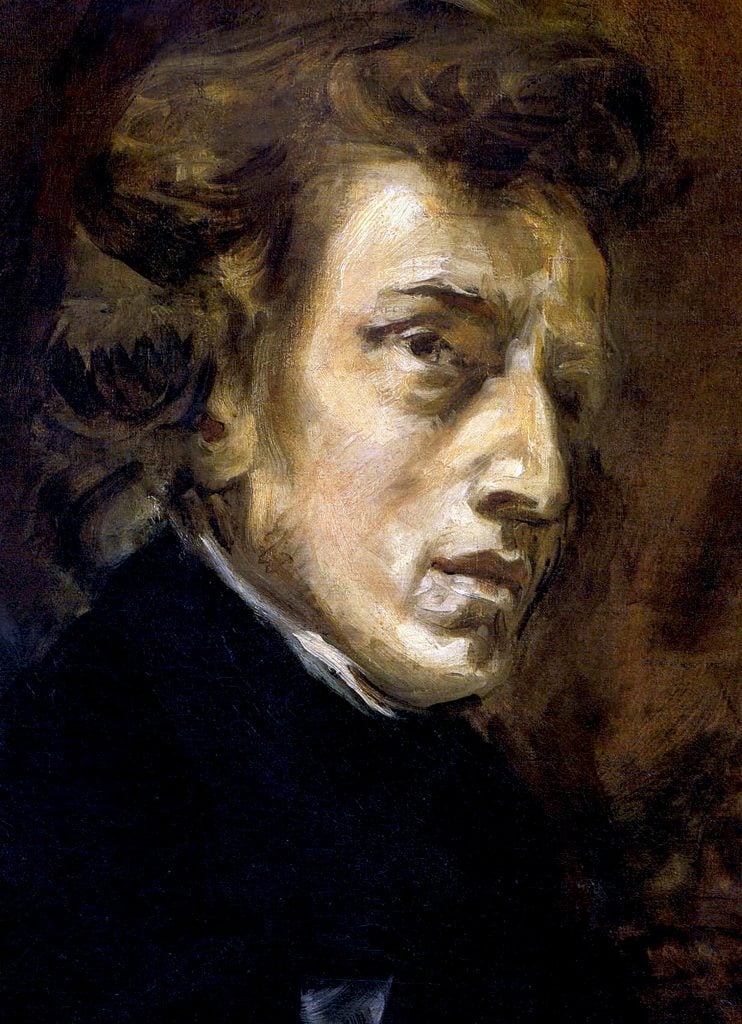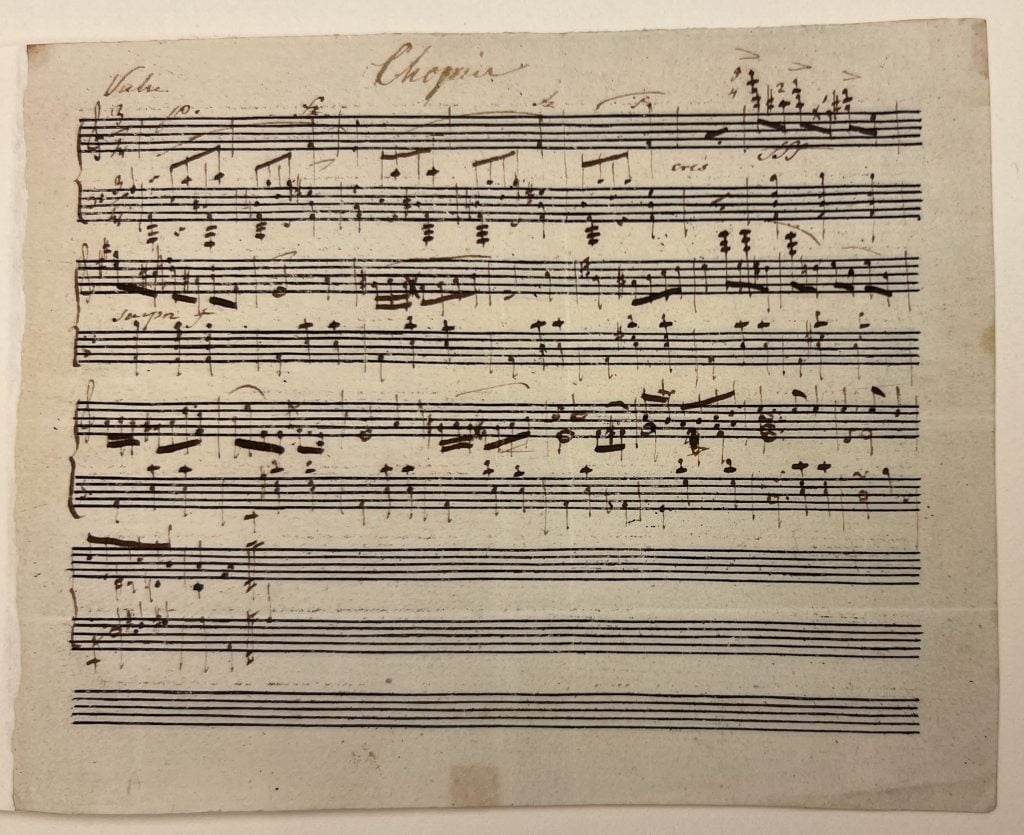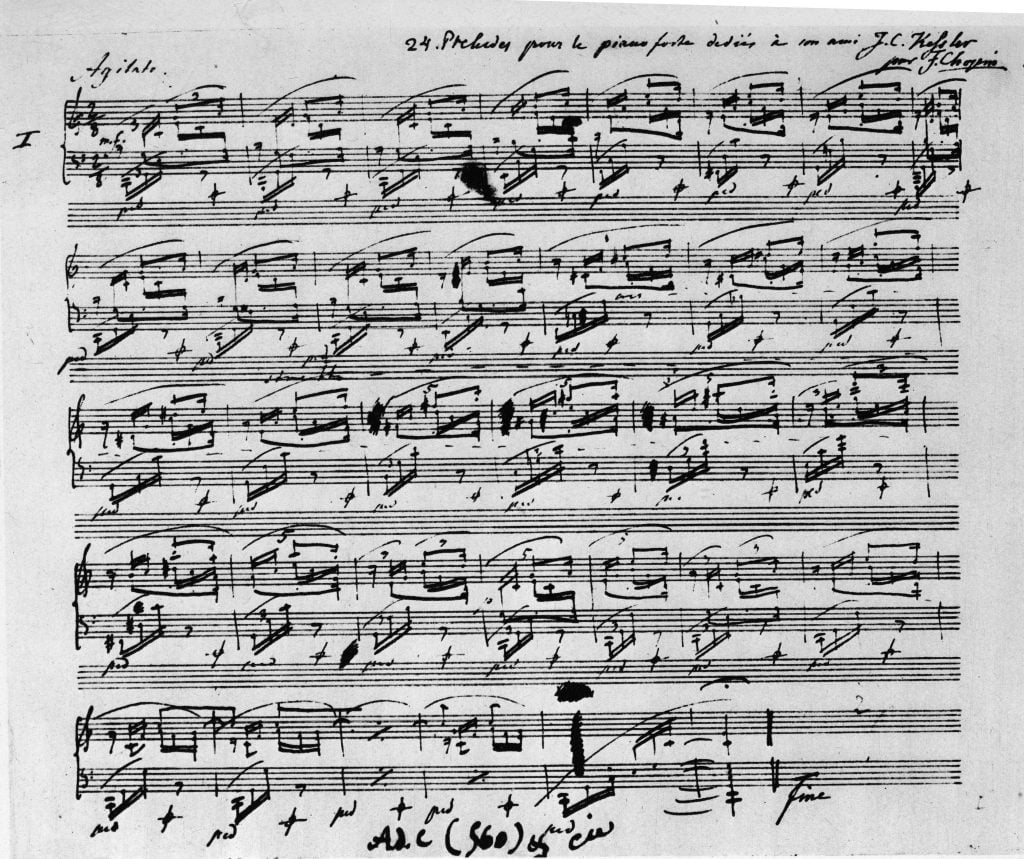Archaeology & History
Long-Lost Chopin Composition Resurfaces in a New York Museum’s Archives
The hitherto unknown composition by Chopin was scribbled on a piece of paper no larger than an index card.

Earlier this year, associate curator of music manuscripts and printed music Robinson McClellan was busy cataloging the Arthur Satz Collection at the Morgan Library & Museum in New York City when he came across a curious document. Compared to most other music sheets in the collection, this one was rather small, no bigger than a music card. But it wasn’t its size that caught McClellan’s attention—it was the name signed in cursive at the top of the page: Chopin.
Chopin? As in: Frédéric François Chopin, the famous Polish composer from the Romantic period who ranks right up there with Bach, Mozart, and Beethoven as one of the most influential classical musicians of all time?
McClellan wasn’t sure what to think. Previously unknown work from the composer had miraculously shown up before, but one of the last times that happened was during the 1930s, when friends and family members combed through miscellaneous possessions of the late Viennese antiquarian, Hans Hinterberger.

Frédéric Chopin, Valse autograph manuscript, (1815–49). Photo: Carmen González Fraile, 2024.
Before putting the manuscript under the microscope, McClellan did what any classically trained musician would do: he went home, sat down at his piano, and played the notes scribbled onto the little sheet.
The results of the playtest were inconclusive. Although Chopin wrote many short pieces of music over the course of his career, none of them were quite this short. On top of that, the opening of this particular composition was markedly different from his other waltzes, with moody, dissonant sounds giving way to a loud, powerful eruption.
It was good. But was it Chopin’s? Further research was necessary, so McClellan got in touch with Jeffrey Kallberg, a professor of musicology at the University of Pennsylvania and one of the world’s leading experts on Chopin.
Together, they looked not only at the music, but also at the manuscript itself, at the paper, ink, and handwriting, all of which turned out to be consistent with other manuscripts produced by the composer’s hands—right down to his unique rendering of the bass clef.

An autographed score of Chopin’s Prelude in C Major. Photo: Kean Collection / Getty Images.
Now that McClennan had deduced the who of the manuscript, all that remained was for him to figure out the when, where, and why. Although the Morgan Library & Museum has yet to reveal information regarding the first two questions, they do have a theory about the third.
As explained in a press release issued by the museum, Chopin often gave away similarly-sized, signed copies of his work as gifts. Because this particular piece was not signed, McClennan and colleagues believe that the composer may have changed his mind and kept it for himself.
“We have total confidence in our conclusion,” McClellan told the New York Times. “Now it’s time to put it out there for the world to take a look and form its own opinions.”





